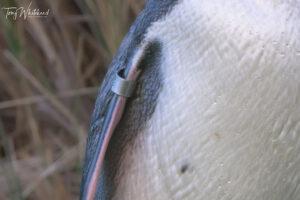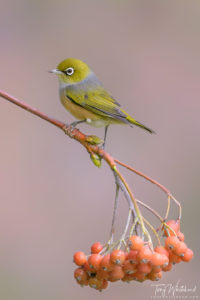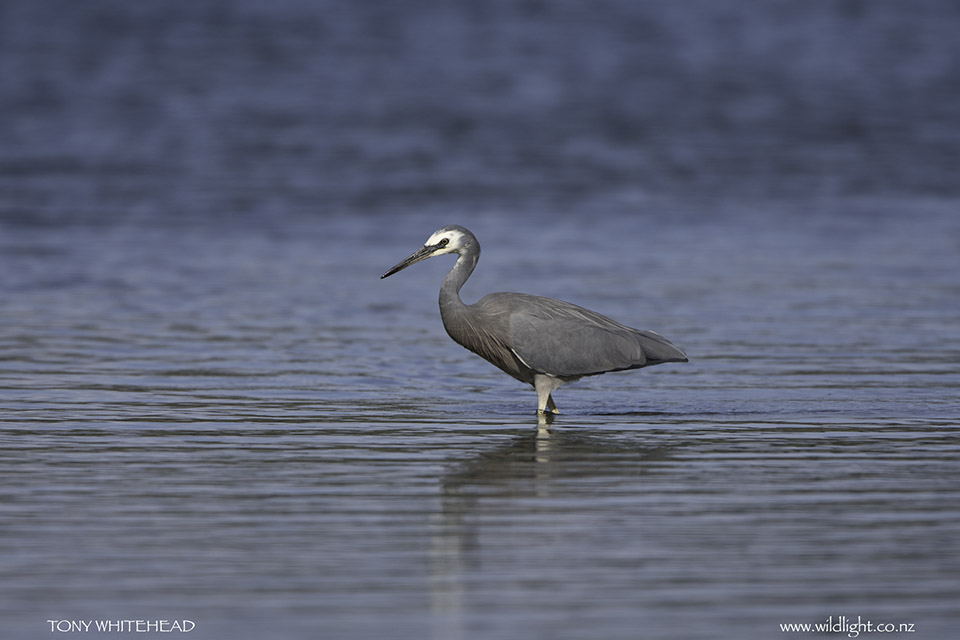
For almost 2 years the Nikon D500 has been my go to camera body for bird photography. It somewhat surprised me as having used D700, D3s, D800 and D810 full frame bodies I had got to the point of doubting that I would ever buy a another Nikon DX camera. Then along came the D500 with the D5 focus module, 21 megapixels and 10 fps. I vacillated for a while but found a very lightly used 2nd hand Nikon D500 for a good price so ordered it.
The past year especially has been very busy photographically and I have done some of my best work with the D500, especially with birds in flight. I have though at times found myself bumping up against the limitations of the D500 and been tempted by a D850. Recently some plans had to be altered at the last minuite and it gave me the opportunity to stop in Auckland briefly. I contacted a couple of camera shops I deal with regarding trading in some camera bodies that I was no longer using. One offered me an excellent trade and had a very good price on the D850 so for some weeks now, I have had a chance to work with the Nikon D850 alongside the D500 and so can speak to the question of choosing the Nikon D850 or D500 for bird photography.
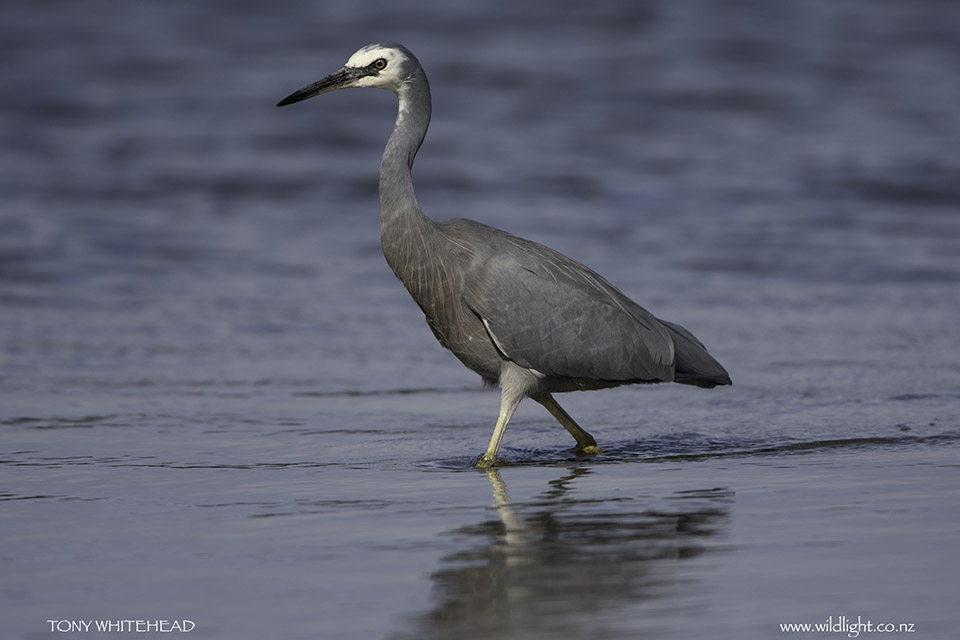
It is not an easy decision and there is no right answer for everyone. The D500 is exceptionally capable with excellent focussing, light weight and rugged weatherproof construction. It puts 21 megapixels onto a DX sensor so adds the 1.5x crop factor to lenses, giving a 300mm lens the angle of view of a 450mm lens and a 500mm lens the equivalent of a 750mm lens. I have often used a 500mm with 1.4x teleconverter to give an angle of view equivalent to a 1050mm lens. For bird work this kind of reach is very useful but the crop factor is one of the limitations I would bump into and be frustrated by. At times while working with a bird they would approach too closely and if I had been using a full frame (FX) body I would have been able to still contain the whole bird within the frame without chopping off legs or tail. Not too much of an issue if using a teleconverter as they can be removed fairly quickly but if using a naked prime lens you’re stuck. Working with the D850 is like having better peripheral vision available. This flexibility of a wider angle of view makes the D850 more versatile.
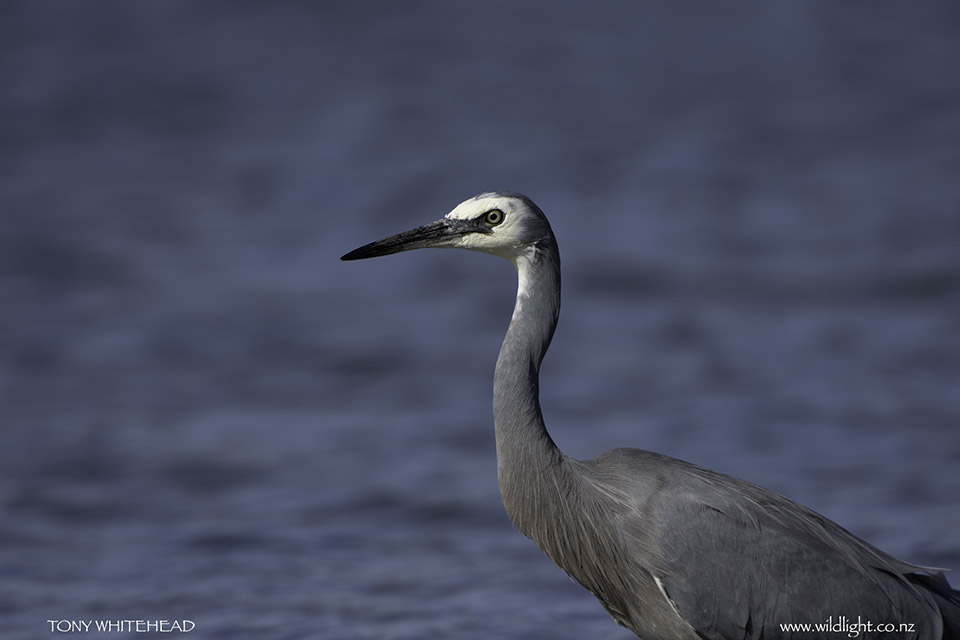
This wider angle of view has got me a couple of reflex flight shots that I would have missed with the D500. The shot of a flying Pukeko below was taken when photographing flying swallows and the Pukeko flew across on front of me at short range. The D850 locked and tracked enabling a series of shots including the full brd in the frame. If using the D500 it would have been too close and cropped off wings or legs. The Pied Stilt shot shown in my previous post from Lake Okareka also illustrated this point of advantage for the D850.
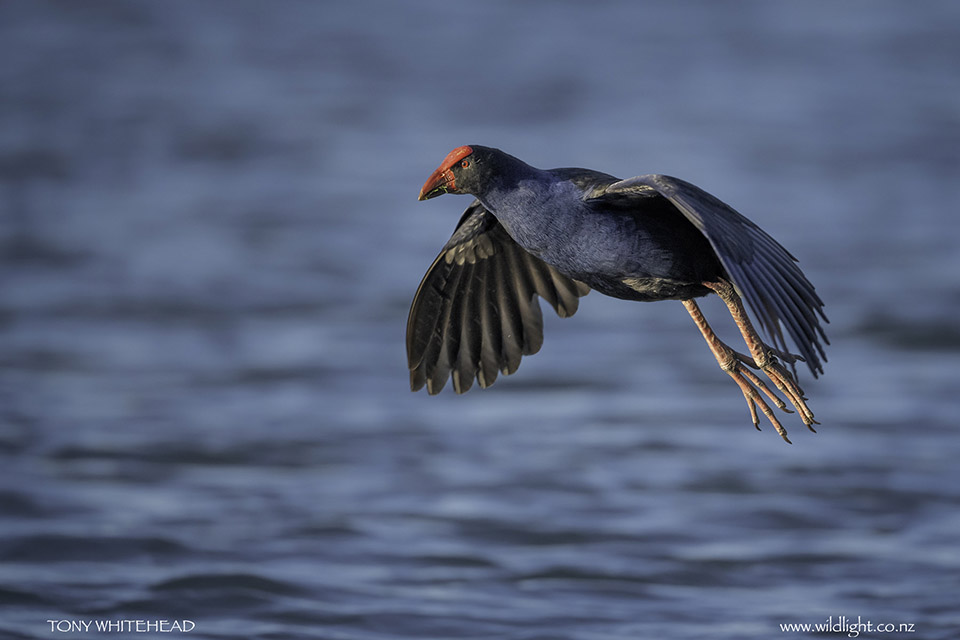
The next issue that occasionally frustrated me was the relative lack of resolution compared to a full frame Nikon D810. In real terms this was not much of an issue as the D500 has plenty of resolution for most applications. The D500 has plenty of resolution for all web use and almost all print use up to 8×12 images were being resized down from the capture resolution. For someone who loves detail though I was missing some of the delightful resolution of a full frame close up at 36 megapixels. The D850 at 45 megapixels improves on this while still giving a DX crop of 19.4 megapixels which is very close to the 21 MP of the D500. The D850 again adds versatility by adding resolution to a full frame image while retaining a similar resolution to the D500 when a DX crop is taken from the full frame image.
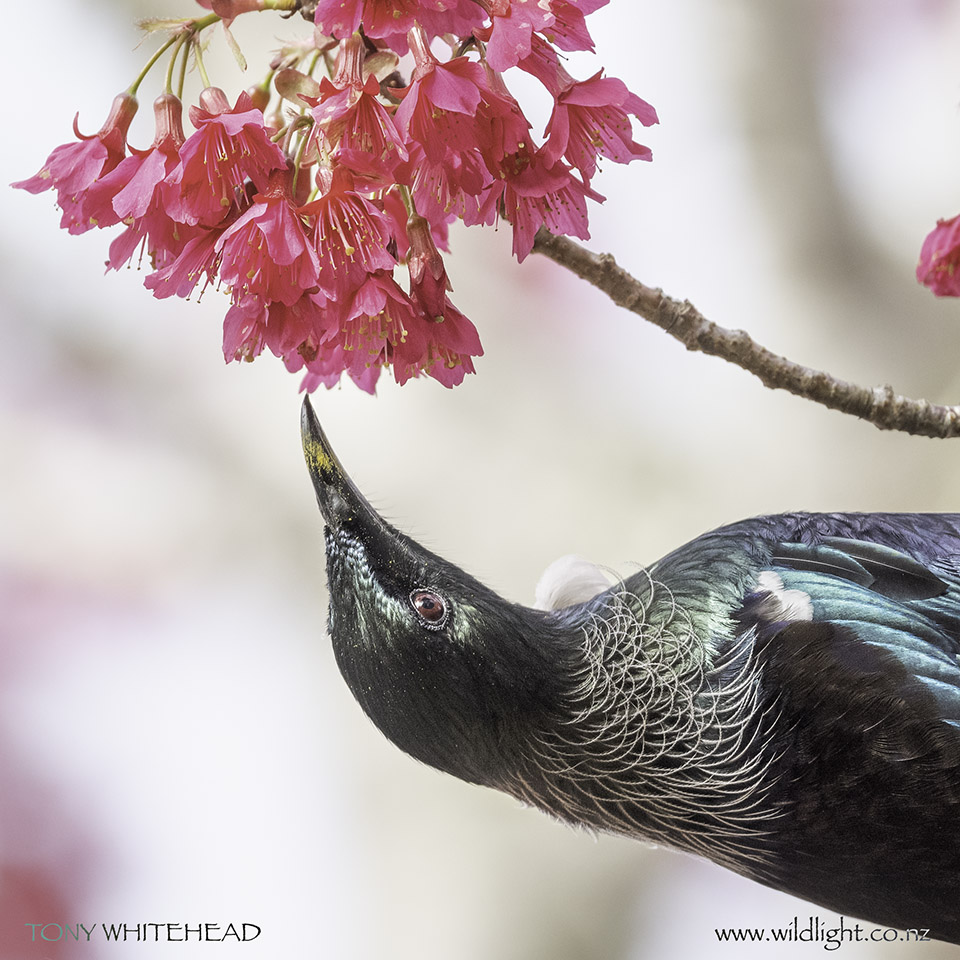
My next frustration was battery life. While the D500 battery life is not bad I had always used battery grips on my D700, D800 and D810 so with the larger D3, D4 battery having to change batteries was a non-issue. I have had some busy days, especially on pelagic trips where I have burnt through 2 D500 batteries and been on my 3rd before finishing the day. With the D850 and grip with a charged battery to start the day I can just ignore battery life as an issue.
My final frustration is not an issue with the D500 as such, more a frustration with the D810 as a back-up FX body. I had become so spoilt having 2 focus modes immediately available on my D500 that I was annoyed every time I used my D810 and had to change and chose focus modes.
Downsides with the D850 are a matter of cost, weight, frame rate and buffer depth. By using my trade-ins the cost was not a major issue as it cost me a little to change some bodies I was not using for one that I would. Adding the battery grip cost a little more but I already had the EN-EL18 battery, battery cover and charger. This bumped the frame rate up from 7 fps to 9fps but to be fair the 8fps I used to use on my gripped D700 never seemed slow and 7fps is quite adequate for most work despite seeming a little slow when compared to the 10fps of the D500. That speed gain comes with a significant weight gain but is compensated for with an essentially endless battery life.
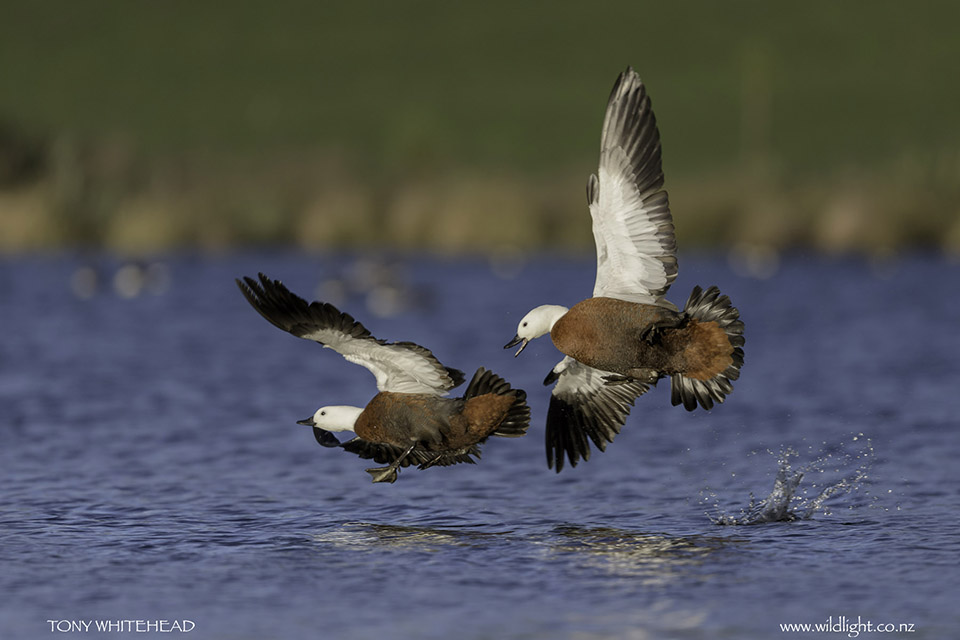
Buffer depth is the final issue. The D500 buffer seems practically bottomless even with 21MP at 10fps. I don’t ever recall filling the buffer and having to wait for it to clear. Due to the higher resolution the D850 is moving a lot more data so is much more demanding on the buffer. I haven’t really had a chance to test this as nothing has got me close yet to filling the buffer, even when photographing some longish flight sequences of battling Paradise ducks and Canada Geese. Using an XQD card rather than a SD card speeds emptying the buffer and if I run into issues I will look at using only my XQD rather than writing to both. I will need more time to assess this issue.
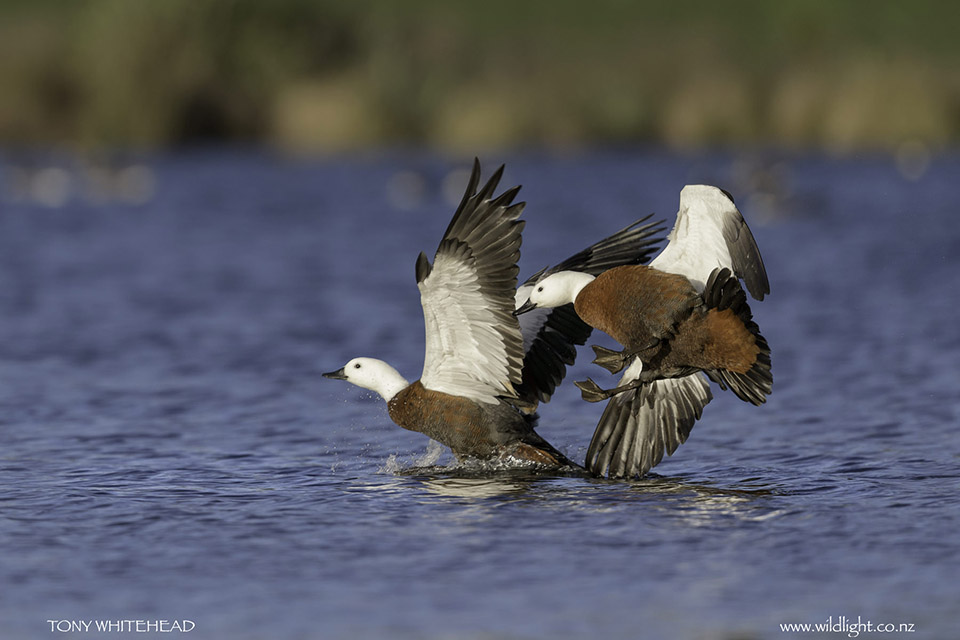
A related issue is the significant processing overhead with the D850 45MP files. With my ageing iMac even with SSD and maxed out RAM image previews and file processing is much slower than when working with D500 files.
An advantage for me with the D850 is the large FX viewfinder which is the first one I have been comfortable using with my glasses on. Previously it has been a frustration to remove glasses for shooting and then having to fumble them on to preview images. The more I use the D850, the more I am appreciating this.
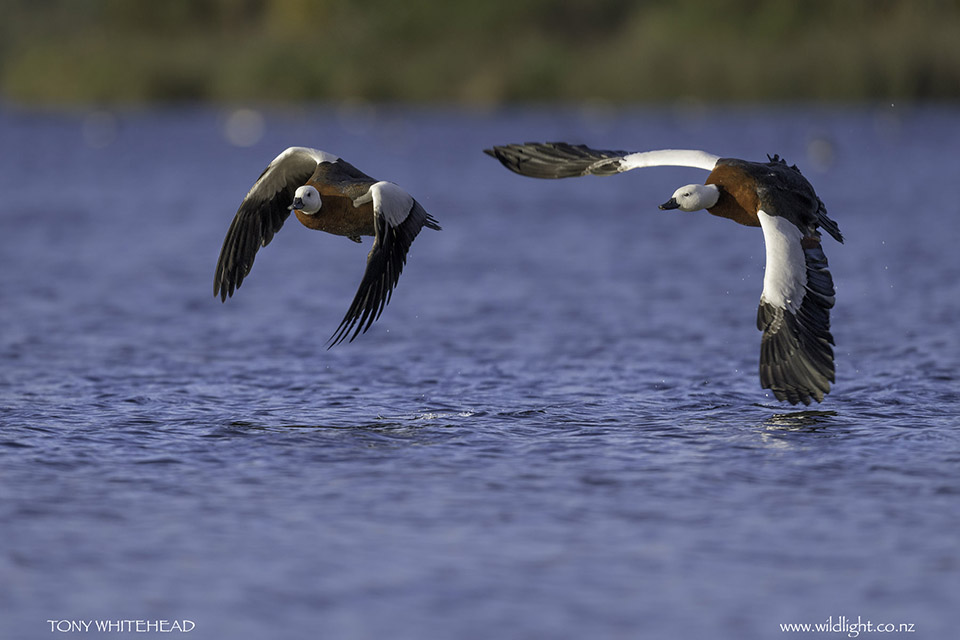
One aspect of the D850 that I don’t like is the shutter sound. It is far louder than the deliciously quiet D810 which I will really miss when doing stage and theatre photography. It’s no louder than my D3s was but is a significant change from the D500 and I have been aware again of birds noticing the sound of the shutter
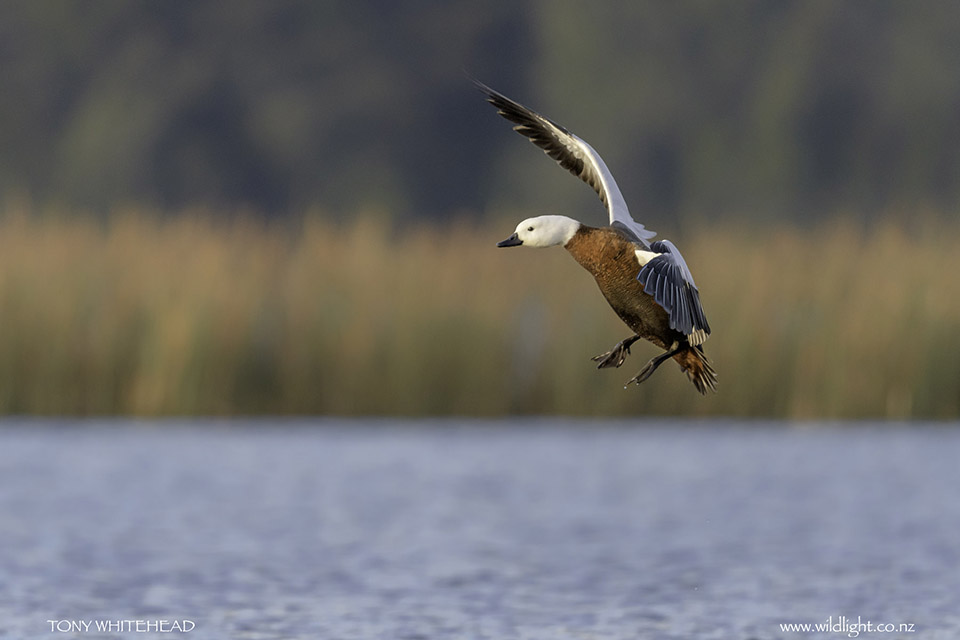
Currently I am using my D850 more than my D500 but some of that is because we are getting acquainted. If using both the D500 with 500mm f5.6PF lens and the D850 with the 300mm f4 PF makes a great combo covering near to far with angle of view from 300mm to 750mm. I have both set up identically so it is seamless moving from FX to DX. If travelling with weight an issue I would be tempted to take both bodies with one charger and leave the grip at home. The combination of D500 and 300mm f4PF and 1.4x teleconverter in a pocket remains an extremely light and capable walk around kit that provides a similar result to the D850 with 500mm f5.6PF.
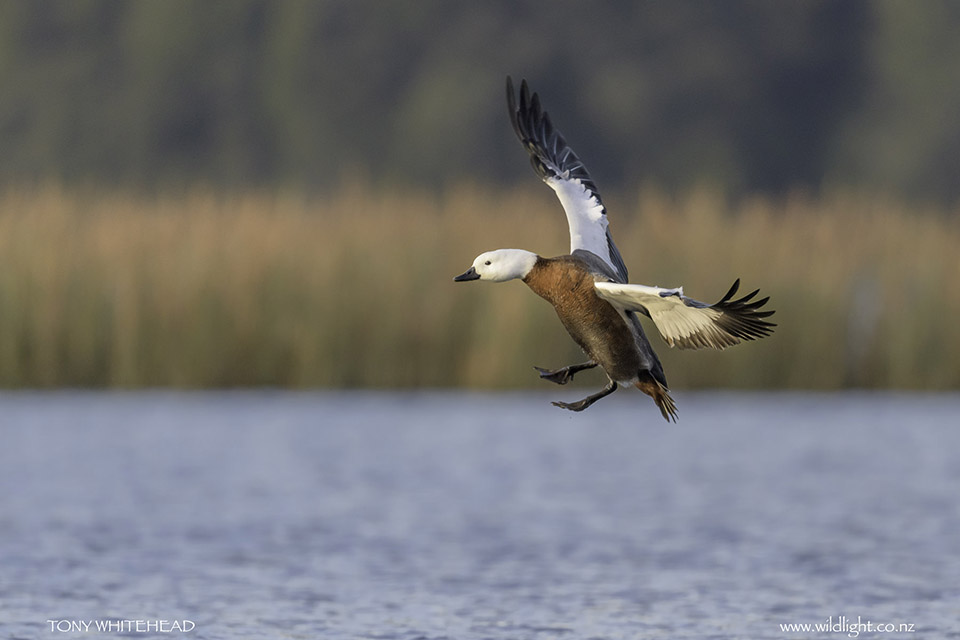
There has never been a better time to be a bird photographer. Compared to even a few years ago the capability/cost ratio of gear is amazing. A Nikon D500 with Nikon 200-500mm lens can deliver excellent image quality as a price point less than a top a quality body or prime lens alone would have cost. If working within a DX crop the D500 is a better option as it puts more megapixels onto a DX frame at a higher frame rate. I don’t think that there is a terribly significant practical difference between the sensors at a pixel level from the point of view of noise or dynamic range when comparing the D500 and DX crop out of a D850 image. Both seem to behave as essentially ISOless sensors.
The Nikon D850 adds a versatility at the expense of a few issues with weight and buffer depth. It costs more to be almost as good as a D500 in DX crop but the ability to use a FX frame with more resolution and keep working a subject that approaches closely has a value. Having a wider field of view can make it easier to rapidly fix on a flying bird and keep the AF sensor on it. We are spoilt for choice and it is difficult to buy a bad camera nowadays.
